A Walk in the Woods with My Brain on Fire: Summer
PLEASANT VALLEY, Mass.—It wasn’t long after dawn—still the cool of the day—but I could feel the weight of summer bearing down. The creek was barely trickling, the beaver pond stagnant. Few insects disturbed its gray surface. Even the birds in this Audubon sanctuary were laying low. I was probably the largest creature walking around these quiet woods, and it would soon be too hot for me to think about anything except reaching the ocean on a vacation still a few weeks in the future.
The only thing flourishing seemed to be the ferns, everywhere I looked. The understory belonged to them. The over story was theirs, too. I don’t mean the forest canopy, providing shade, but the deep narrative explaining the heat.
Ferns didn’t come over to these New England forests aboard the Mayflower. They preceded flowers altogether, rhizome and spore evolving long before nature gave a thought to seed. Their lineage stretches as far back in earth history as we can touch. Four hundred million years ago. That’s about when the first ferns stood upright on a vascular stem above the plants hugging the ground around them. It was a trick an ape would imitate only 398 million years later. In the presence of a fern, some humility is in order.
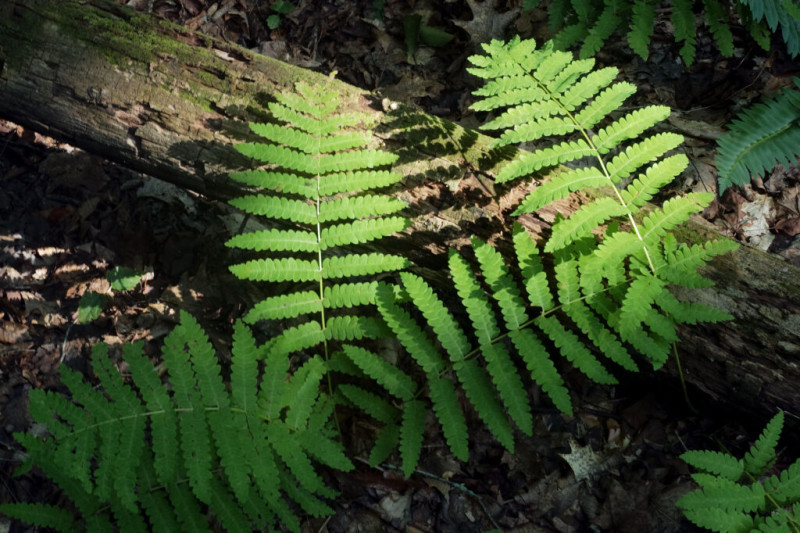
Ferns evolved when North America was located on the equator, floating on a tectonic plate moving an inch a year—slower than your fingernail grows. It was in the process of coalescing with the planet’s other land masses into Pangaea, a supercontinent. When it drifted apart into pieces again, seven continents began inching toward their current locations. Upon the thin crust of their surfaces, species evolved, including ours—very late in the game.
In the Paleozoic ferns grew as large as trees. They proliferated in great forests on endless swamps, among gargantuan club mosses and horsetails, undisturbed for a million years, and then another million years—who knows how many in succession. Those giant ferns are long gone, extinct for eons.
Still, atop their decaying remains, the pressure of sediments under the weight of time have transformed their fronds into thick seams of coal found in the mines, now farflung, of Northumberland, Wales and Yorkshire; Tasmania and Queensland; Kazakhstan, Xinjiang and Jharkhand; Appalachia and the Powder River Basin. When someone almost anywhere now flips on a light switch, those primordial ferns come flickering back to life.
As coal goes up our smokestacks all over the globe, they release their captive load of ancient carbon into the atmosphere. In a geologic instant—over the last few centuries, merely—the unfathomably long and patient work of Earth is thus being undone.

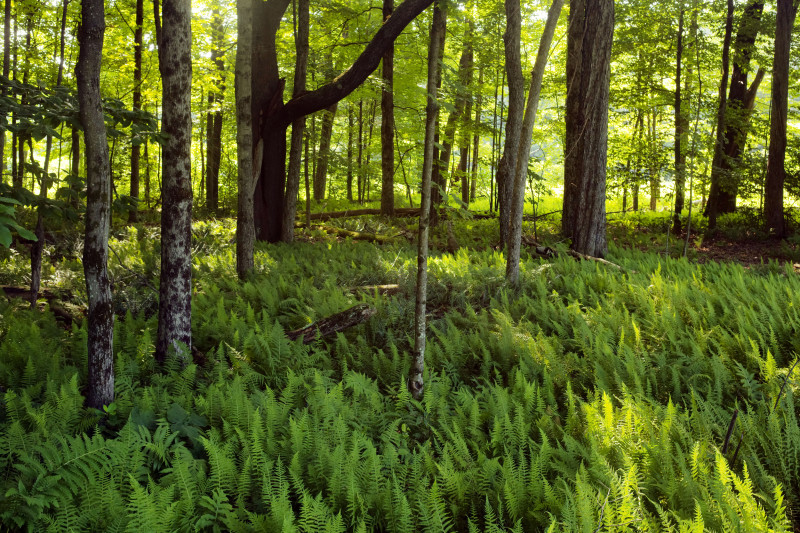
It’s one reason why forests are everywhere on fire. Why for more than a hundred days in a row this year, the temperature reached 100 degrees Fahrenheit in Phoenix. Why, according to the records kept by our upright species, this summer tops the charts as the hottest the human world has known. Thus, we flock to the sea.
Cape Cod lies two hundred fifty miles east of these woods, a spit of sand that gestures like an arm into the ocean toward the memory of Pangaea. It is a welcome place for any creature that arrives to fill a niche along its farthest end, a protected national seashore made of water, wind and sunlight. By the time I got to Provincetown it was mid-August and Hurricane Ernesto was slamming into Bermuda seven hundred miles to the south.
Oceans have absorbed 90 percent of the excess heat from the globe’s warming. It’s melting the ice caps, elevating sea levels, bleaching coral, acidifying the seas. In these Atlantic waters, the heat of this hottest summer was fueling the swirling vortex. It lent the hurricane power to command the weather for ten days along the length of the continent. On emphatic display was the sea’s proficiency in absorbing and redistributing the planet’s heat.
Ernesto passed by. In its wake, the temperature became mercifully cool. Rain, wind and rip-tide warnings kept humans sheltering in town and the beaches empty, where dark swells were emerging rhythmically out of the ocean fog. Endless undulations thumped the sand in foaming syncopations, booming and hissing, the shore song of pilgrim continents since the beginning of land.
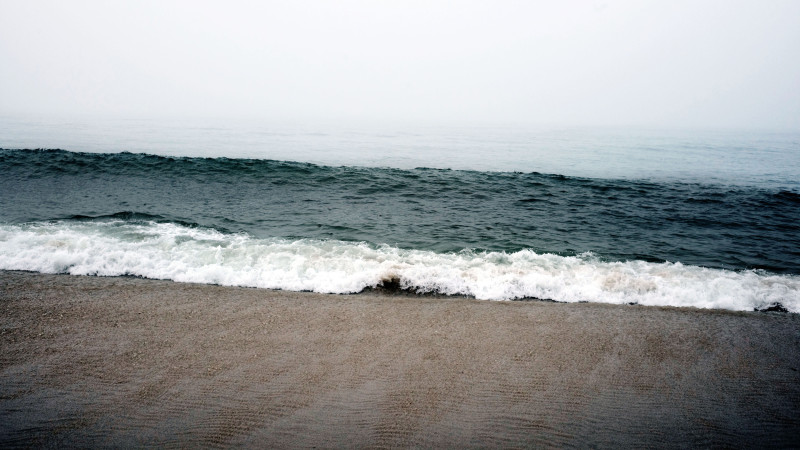
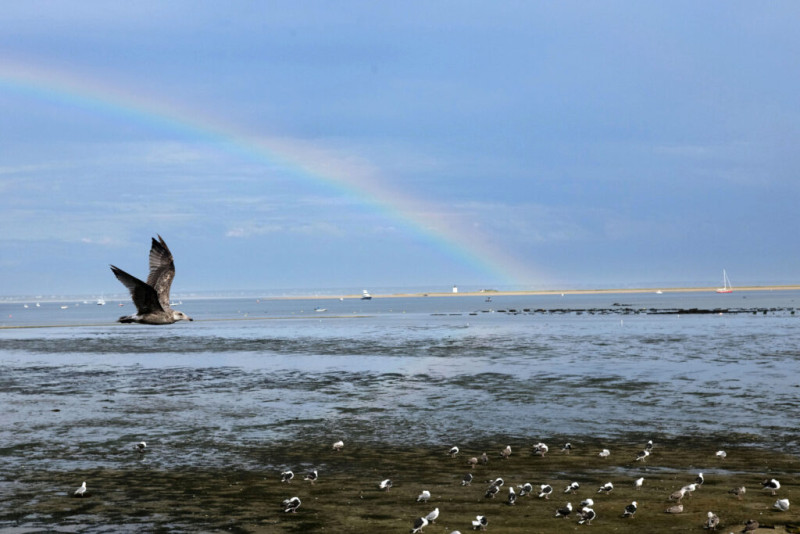
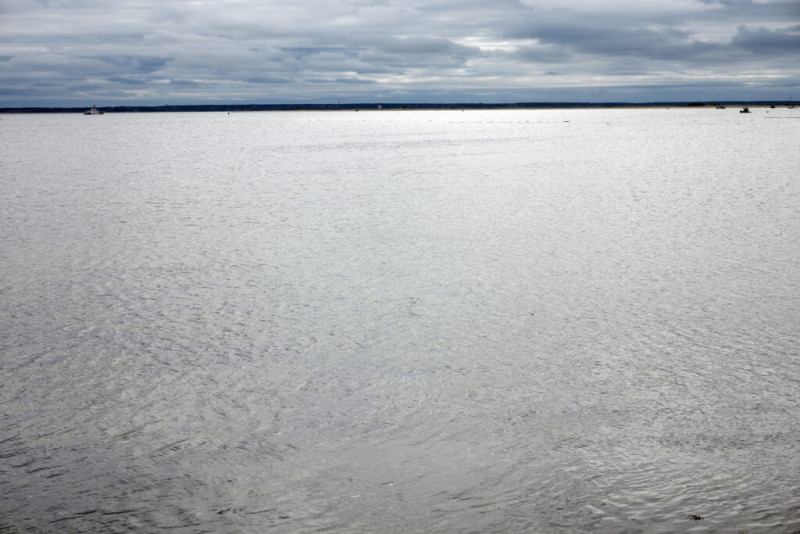
The might of the natural world shows itself at stunning scale when the waters of the bay recede and come rushing back in, two cycles in a day. You can walk on the bay-bottom a quarter mile toward Long Point when the tide is out. When the tide comes in, the water is over your head. A bit further west on the fire road to Hatches Harbor, you can’t reach the lighthouse when the lush wetlands are getting flooded. This fluid drama plays across the geography without intermission, directed by the gravitational muscle of the moon, which rose full at twilight, a mammoth amber orb.
Other actors make their entrances and exits. At a sandbar emerging from the bay at low tide, various kinds of gulls arrive from every direction to pick for crabs and clams. They bathe in the shallows, wing-splash their body feathers, air-dry off. A plaintive call—an impromptu aria—sounds from the pop-up avian salon, attracting a keening chorus. Terns streak past in squadrons, turning aerial stunts. To feed, they hover, tuck and drop into the water to pluck out a fry.
Then a single gull takes flight. Why? It banks a smooth curve and flaps inaudibly toward a farther shore. I count to thirty and can no longer see it. In another half minute, it probably reaches Truro. I am truly jealous. Would you rather have two legs and two arms, I ask anyone I encounter, or two legs and two wings? I am not sure.
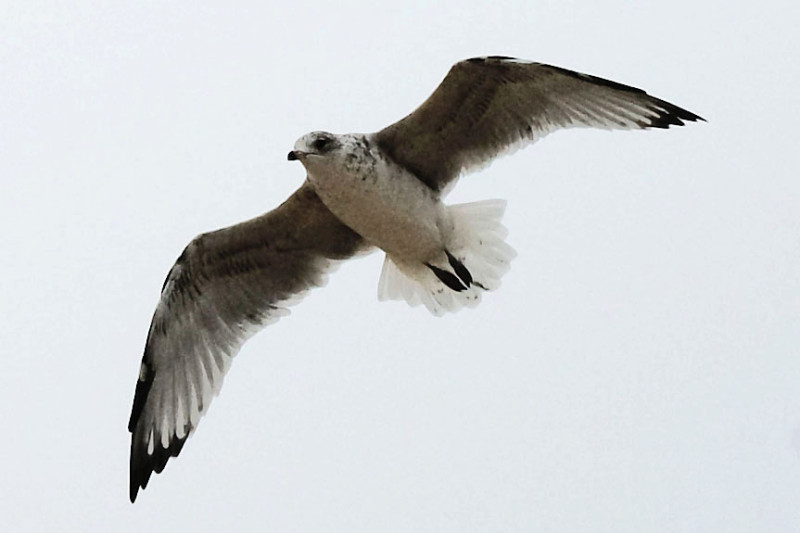
The oceans once teemed with countless whales, swimmers of the seas for tens of millions of years. New England’s whalers required just a few centuries to virtually empty the waters of their majestic migrations. For hundreds of thousands of these sentient mammals, the seas became a bloodbath. Oil clarified from their boiled flesh came to light the parlors of the human world and lubricate the gears of the Industrial Revolution. A generous gift of evolution exploited for a passing historical season. Like the mining of coal seams, another undoing of Earth’s unfathomably long and patient work, the signature of human presence across the globe.
The morning of the day I had to speed back toward the forests, I boarded the Saving Grace, a 26-foot fishing boat. An old friend, James Shannon, the captain, and four other soulmates aboard ship. We bounced over choppy waters toward feeding grounds to see the whales. It didn’t take long before one breached in the distance, an oblong speck rising inside a curtain of spray.
Soon we were approaching a mother humpback whale bigger than our boat, with her calf. They swam gently around us, beneath us, every so often lifting their tails to dive into the cool, dark deep, from whence we came.
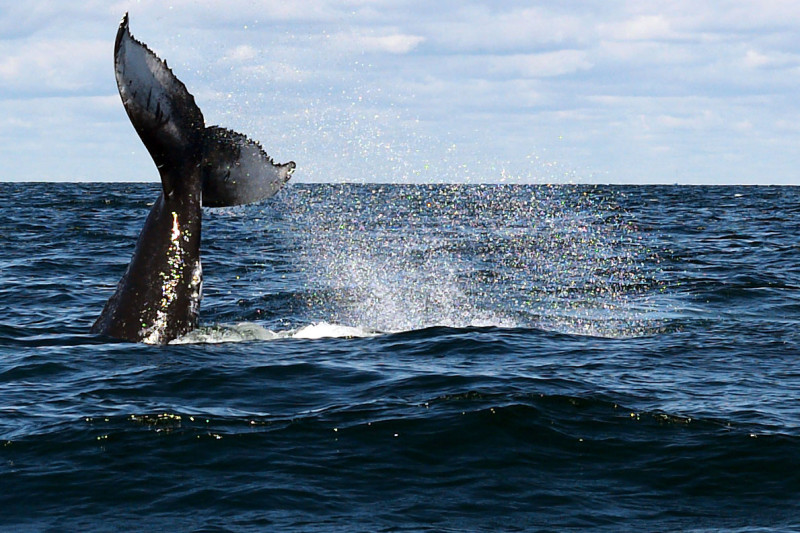
For further reading:
The Rise and Fall of the Taconic Mountains, by Donald W. Fisher
“Singularity,” in New and Selected Poems, by Marie Howe
About This Story
Perhaps you noticed: This story, like all the news we publish, is free to read. That’s because Inside Climate News is a 501c3 nonprofit organization. We do not charge a subscription fee, lock our news behind a paywall, or clutter our website with ads. We make our news on climate and the environment freely available to you and anyone who wants it.
That’s not all. We also share our news for free with scores of other media organizations around the country. Many of them can’t afford to do environmental journalism of their own. We’ve built bureaus from coast to coast to report local stories, collaborate with local newsrooms and co-publish articles so that this vital work is shared as widely as possible.
Two of us launched ICN in 2007. Six years later we earned a Pulitzer Prize for National Reporting, and now we run the oldest and largest dedicated climate newsroom in the nation. We tell the story in all its complexity. We hold polluters accountable. We expose environmental injustice. We debunk misinformation. We scrutinize solutions and inspire action.
Donations from readers like you fund every aspect of what we do. If you don’t already, will you support our ongoing work, our reporting on the biggest crisis facing our planet, and help us reach even more readers in more places?
Please take a moment to make a tax-deductible donation. Every one of them makes a difference.
Thank you,
David Sassoon
Founder and Publisher
Vernon Loeb
Executive Editor
Share this article
Disclaimer: The copyright of this article belongs to the original author. Reposting this article is solely for the purpose of information dissemination and does not constitute any investment advice. If there is any infringement, please contact us immediately. We will make corrections or deletions as necessary. Thank you.







